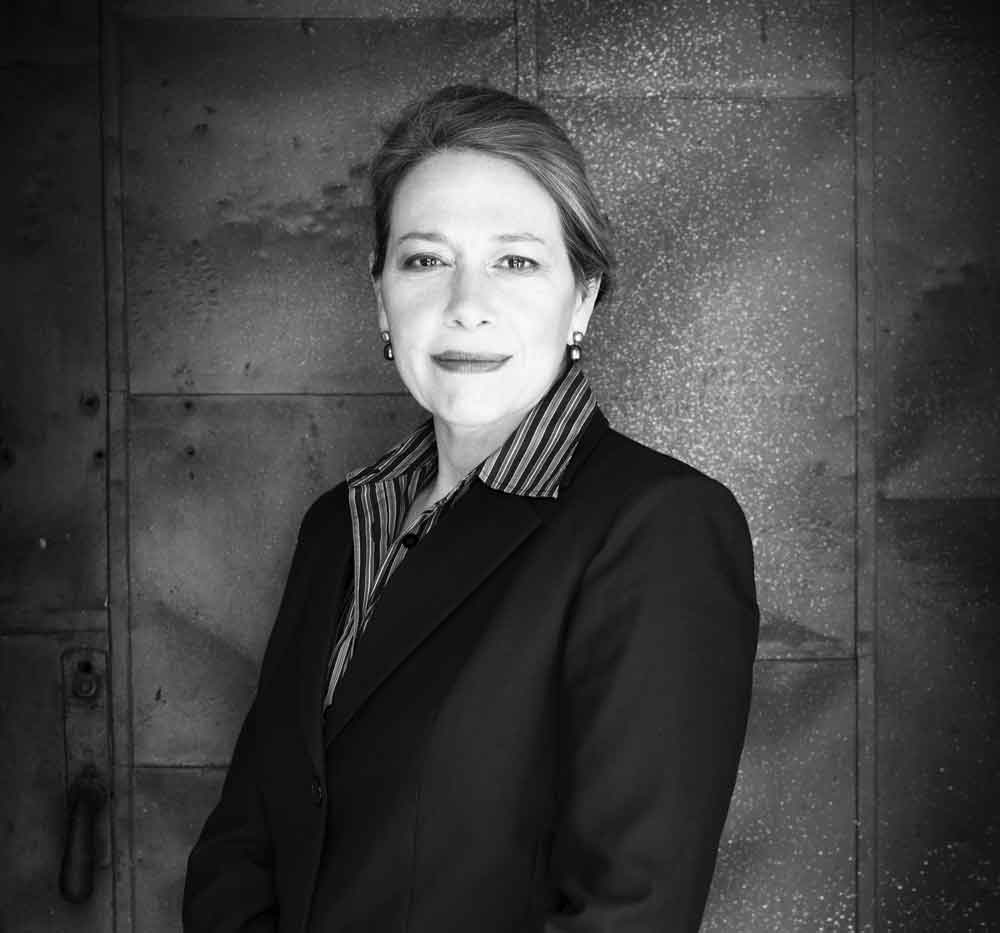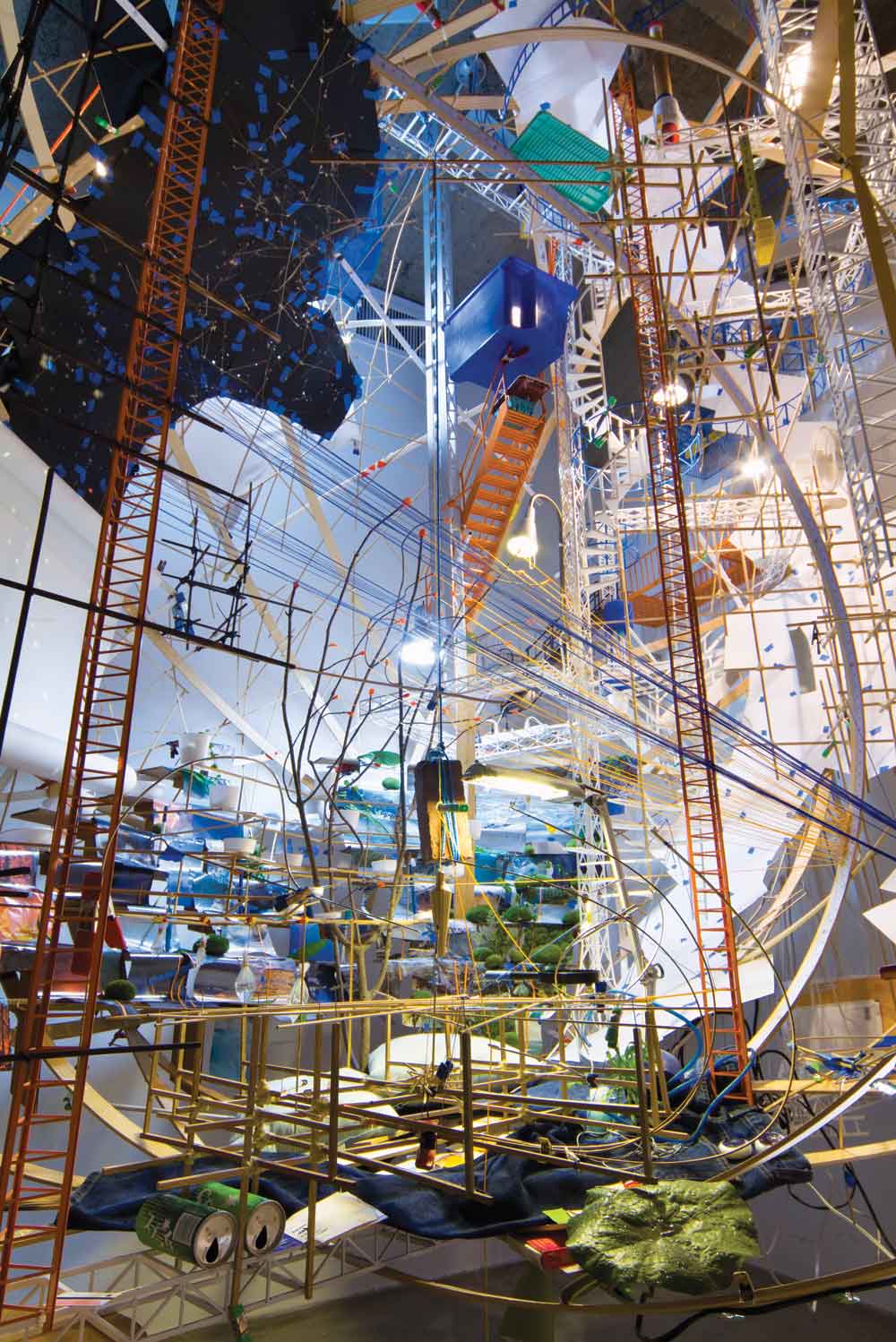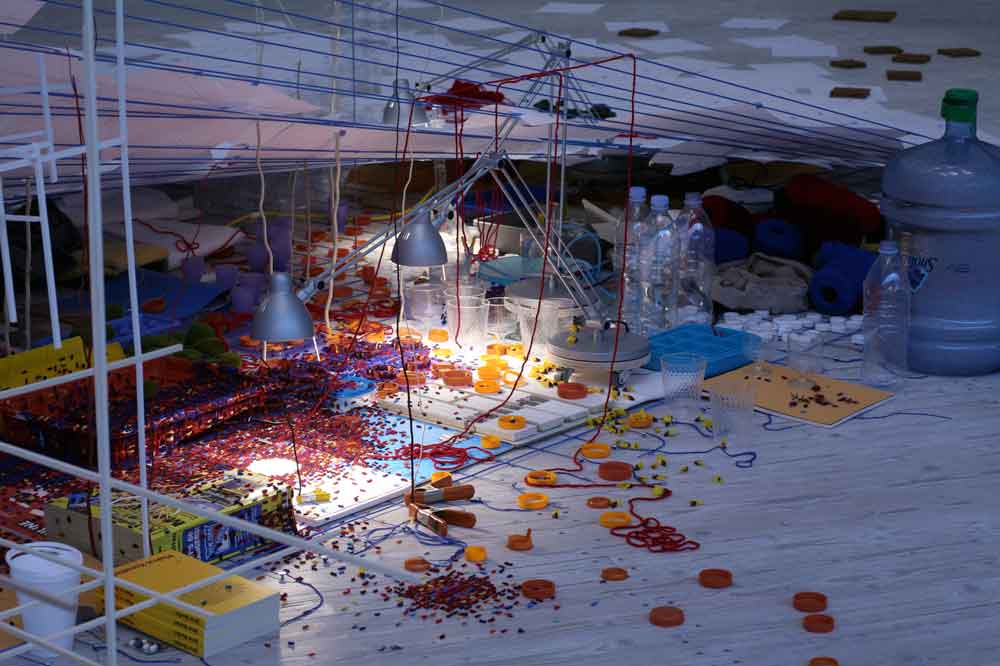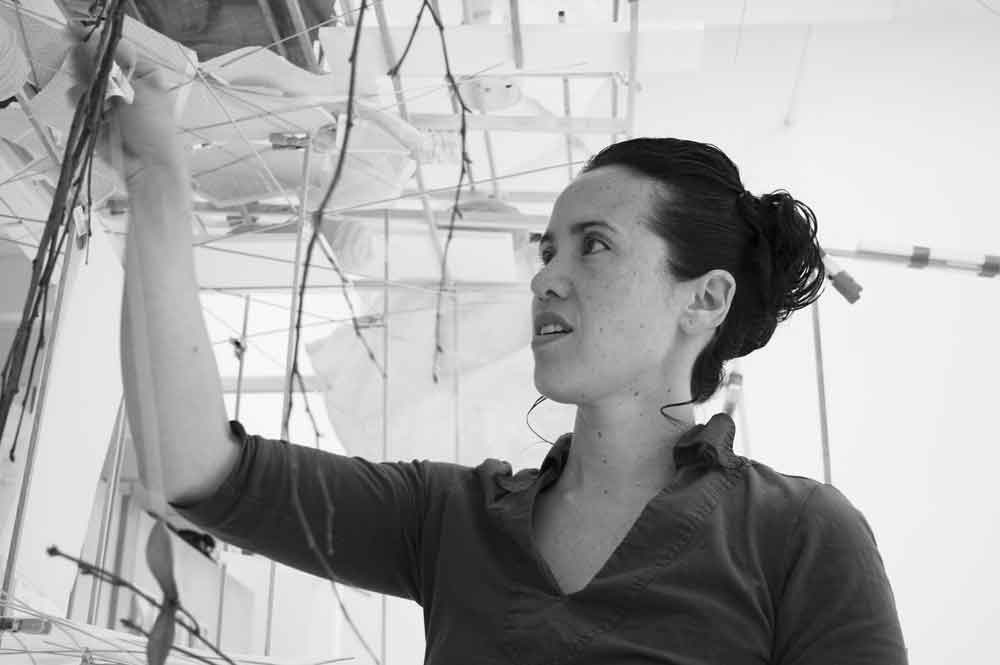« Features
Triple Points: Commissioners Holly Block and Carey Lovelace Introduce the Work of Sarah Sze for the United States Pavilion at the 55th Venice Biennale
The nomination of Sarah Sze to represent the United States at the 2013 Venice Biennale is also the first time a relatively small institution such as the Bronx Museum is acting in a commissioning role. With Sze already in Venice working with local university students on her installation, ARTPULSE took the opportunity to talk to the curators of the project, Bronx Museum director Holly Block and independent curator and writer Carey Lovelace.
By Michele Robecchi
Michele Robecchi - In recent years, the concept of having national representations in Venice has been the subject of many critical approaches. There has been Jason Rhoades co-representing Denmark in 1997, Santiago Sierra‘s refusal to let visitors in the Spanish Pavilion unless they had a Spanish passport in 2003, up to this year‘s decision of Germany and France to swap exhibition spaces. Do you think it is still a viable model?
Holly Block - Well, the Italian Pavilion is the perfect example of how many artists from all over the world can convene in one location. As for the other national pavilions, I still think that it’s a fantastic opportunity for artists to present their work in an international format, and for the art-speaking world to share and exchange many artists’ work at the pavilions who are setting up their work by not just unpacking crates but are actually working on site. For artists who have very few opportunities to compete worldwide, it’s still an important experience, and in my own career, it’s a trajectory that makes perfect sense. Having curated the Cairo Biennale in 2003, and having worked in an international mode for 25 years, I think it’s absolutely credible.
Carey Lovelace - I think this idea of the national models is outmoded in many different ways, and different countries deal with it in different ways, even by being critical. The U.S. Pavilion in 2011 was very critical of national identity. Or, as you mentioned, when you have some pavilions that are featuring artists that are not from their nationality. They are from other countries, and they’re trying to reach out in terms of heritage and identity. We live in a new global reality, and I think all artists and pavilions are trying to deal with it in their own way.

Holly Block, Co-Commissioner of the U.S. Pavilion and Executive Director of the Bronx Museum of the Arts. Photo: Peter Sterling.
M.R. - Do you think the ultimate scope of the U.S. Pavilion should be to present artists that have a strong national reputation but that haven‘t been fully acknowledged on an international level yet, like it happened with Ann Hamilton in 1999 or Fred Wilson in 2003, or do you think it should showcase more established artists like Ed Ruscha and Bruce Nauman and play a more representational role in what American art is about?
H.B. - In my point of view, I think there is room and opportunity for all that, for both levels. Also remember what happened with Félix González-Torres, where there was a curator who liked his work and put together an exhibition with a non-living artist who clearly didn’t have any sort of involvement. I think it sets a really broad spectrum. It’s great to see Ed Ruscha’s work there in that site, and we are using the pavilion of Richard Serra, and Serra has been using the pavilion in a completely different way. What is nice is that every two years there is a different approach.
C.L. - And I must say that I think all the pavilions have a range. They have classic figures and younger artists. I mean you don’t want to do the same things every time anyway.
H.B. - I think earlier on, traditionally, it was about hanging art works on the wall. And over the last 40 years this has changed, as art-making practices have evolved to incorporate artists working with different materials and within different boundaries.
C.L. - Or even dealing architecturally or theatrically in some way with the space.
M.R. - You must have been to Venice a few times over the years. From your previous visits, what‘s your take on the architecture of the U.S. Pavilion? Did you form opinions of what can or shouldn‘t be done?
C.L. - I think the pavilion gives you a challenge to work with an artist in different ways. It’s interesting to see how each artist and their commissioning curator deal with that. If you look at Sarah Sze’s work, she deals with boundaries in a very imaginative way, and that was one of the delights of the possibility of her working with the pavilion. She sets a lot of different types of space that have come up with fascinating functions for that.

Sarah Sze, 360 (Portable Planetarium), 2010, mixed media, wood, paper, strings, jeans, rocks, 13’5” x 11’3”x15’4”. Courtesy Tanya Bonakdar Gallery, New York. Photo: Tom Powel.
M.R. - Many commentators in New York saw your nominations as commissioners as a symbol of the renaissance of the Bronx.
H.B. - I think the story here is about how smaller institutions can take on a project like this. And also, it’s the first time something like that has happened. But Fred Wilson, who was born and raised in the Bronx and also works in the Bronx, has represented the U.S. before, so you have some Bronx connections, but nothing like a sponsoring institution. I think it’s important to remember that with the United States it’s very different than in other countries. There is a competition, we have to submit a proposal, whereas in other countries there is a ministry of culture or a council that makes a selection and just appoints. It’s just a very different process, and I think what is great is that we are doing a whole series of engagement programs, involving our regular audience with the Venice community. All that work will unfold over the next six months of the project, and the show in Venice will eventually turn into a Bronx Museum exhibition.
M.R. - So you are planning to exhibit again the show in the Bronx?
H.B. - Not the whole show, it’s just too big. But some of the works will be featured in the museum next spring.

Sarah Sze, Tilting Planet, 2006, mixed media, dimensions variable. From “Sarah Sze: Tilting Planet,” Malmö Konsthall, Malmö, Sweden, December 1, 2006 – February 18, 2007. Photo: Helene Toresdotter.
M.R. - Can you give a preview of what Sarah Sze will do?
C.L. - We are trying not to give away too much. It should be having the same approach as before-kind of large architectonic structures with high levels of details, and drawings from objects from the everyday that are not necessarily discarded objects. They are objects with no history. This is part of what she does, recontextualizing objects and then creating these amazing structures that are very much in dialogue with the spaces that she is in.
H.B. - All I can say is that she is doing six works. Sixty percent of these will be done in New York, and 40 percent will be done in Venice. She will be on site, and I think that’s an important part of her work. It will evolve while she is there, and we are all going to be positively impressed.
M.R. - It is certainly good to see a woman representing the United States in Venice. The last time was 14 years ago.
C.L. -Yes. Actually, with us as commissioners, it will make three females!
H.B. - And this is the third time only that there has been a female artist, after Jenny Holzer in the 1990 and Ann Hamilton in 1999. Well, three and a half, if we consider Allora & Calzadilla last time. But we actually have female installers too this time, so this is great.
Michele Robecchi is a writer and curator based in London. A former managing editor of Flash Art (2001-2004) and senior editor at Contemporary Magazine (2005-2007), he is currently a visiting lecturer at Christie’s Education and an editor at Phaidon Press, where he has edited monographs about Marina Abramović, Francis Alÿs, Jorge Pardo, Stephen Shore and Ai Weiwei.





































Leave a Reply
You must be logged in to post a comment.